Technological Innovations
Technological advancements in construction materials and methods are significantly influencing the Insulated Concrete Form Market (ICF) Market. Innovations such as improved manufacturing processes and enhanced material formulations are leading to the development of more efficient and durable ICF products. These advancements not only enhance the performance characteristics of ICFs but also reduce production costs, making them more accessible to a broader range of builders. Additionally, the integration of smart technologies in construction, such as Building Information Modeling (BIM), facilitates better planning and execution of ICF projects. As these technologies continue to evolve, they are likely to drive further adoption of ICFs, as builders seek to leverage the benefits of modern construction techniques. This trend suggests a promising future for the ICF market, as it adapts to the changing landscape of construction technology.
Sustainability Initiatives
The increasing emphasis on sustainability within the construction sector appears to be a pivotal driver for the Insulated Concrete Form Market (ICF) Market. As environmental concerns escalate, builders and developers are increasingly seeking materials that minimize energy consumption and reduce carbon footprints. ICFs, known for their superior insulation properties, contribute to energy efficiency in buildings, potentially reducing heating and cooling costs by up to 50%. This aligns with the growing trend of green building certifications, which often favor the use of ICFs. Furthermore, the adoption of sustainable practices is not merely a trend but a necessity, as regulatory frameworks worldwide tighten around emissions and energy use. Consequently, the ICF market is likely to experience robust growth as stakeholders prioritize eco-friendly construction methods.
Energy Efficiency Regulations
The implementation of stringent energy efficiency regulations is likely to bolster the Insulated Concrete Form Market (ICF) Market. Governments and regulatory bodies are increasingly mandating higher energy performance standards for new constructions, which often necessitate the use of advanced insulation materials. ICFs, with their inherent thermal mass and insulation capabilities, meet and exceed these regulatory requirements, making them a preferred choice among builders. For instance, in various regions, compliance with energy codes can lead to significant cost savings over the lifecycle of a building. As these regulations become more prevalent, the demand for ICFs is expected to rise, positioning the market for substantial growth opportunities. This trend indicates a shift towards more energy-efficient building practices, further solidifying the role of ICFs in modern construction.
Cost-Effectiveness of ICF Construction
The cost-effectiveness of using Insulated Concrete Forms (ICFs) in construction is a significant driver for the ICF Market. While the initial investment in ICFs may be higher compared to traditional building materials, the long-term savings associated with energy efficiency and reduced maintenance costs are compelling. Buildings constructed with ICFs often experience lower utility bills due to their superior insulation properties, which can lead to substantial savings over time. Additionally, the speed of construction with ICFs can reduce labor costs, as they are quicker to install than conventional methods. This economic advantage is increasingly appealing to developers and builders, particularly in competitive markets where cost management is critical. As the financial benefits of ICF construction become more widely recognized, the market is poised for continued growth.
Market Demand for Resilient Structures
The rising demand for resilient and disaster-resistant structures is emerging as a crucial driver for the Insulated Concrete Form Market (ICF) Market. With increasing occurrences of natural disasters, such as hurricanes and earthquakes, there is a growing recognition of the need for buildings that can withstand extreme conditions. ICFs provide enhanced structural integrity and durability, making them an ideal choice for constructing resilient homes and commercial buildings. This demand is particularly pronounced in regions prone to severe weather events, where building codes are evolving to prioritize safety and resilience. As awareness of the benefits of ICFs in creating disaster-resistant structures spreads, the market is likely to see a surge in interest and investment, further solidifying the role of ICFs in contemporary construction practices.


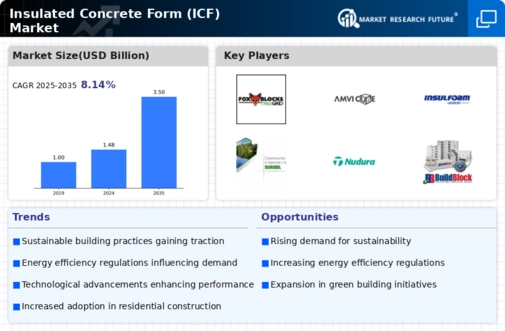
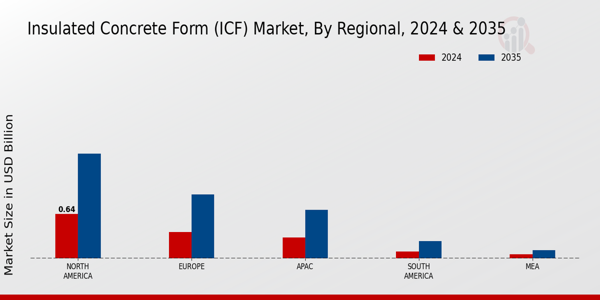
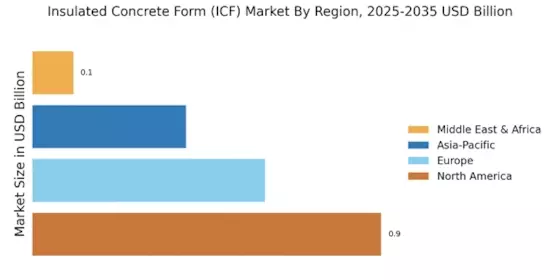
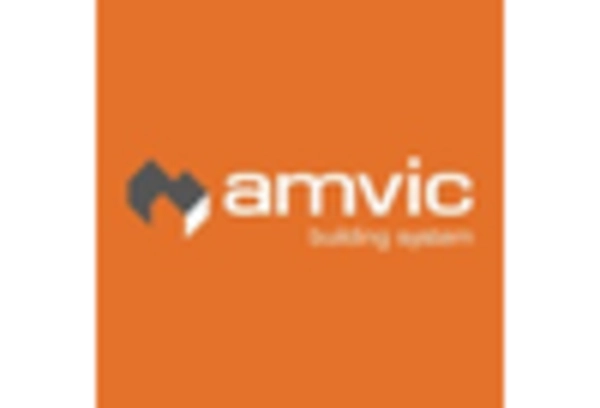
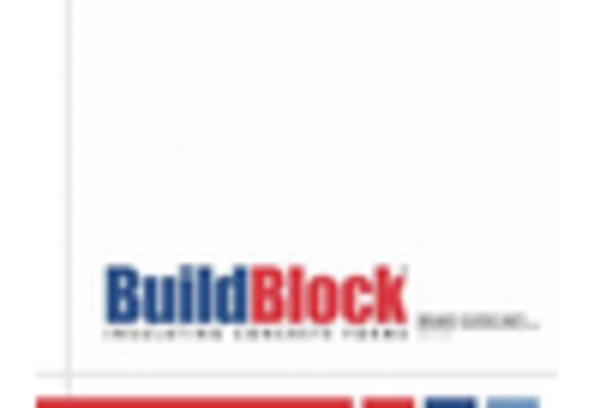

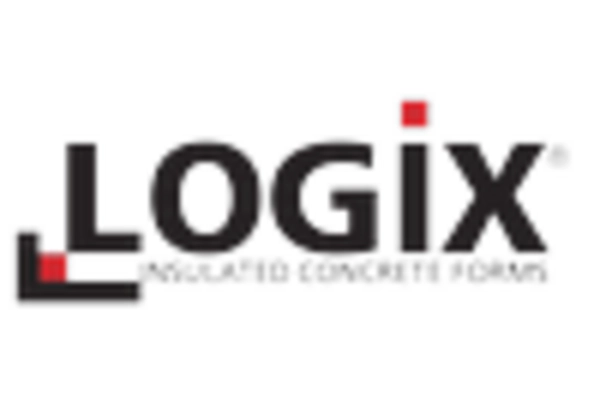
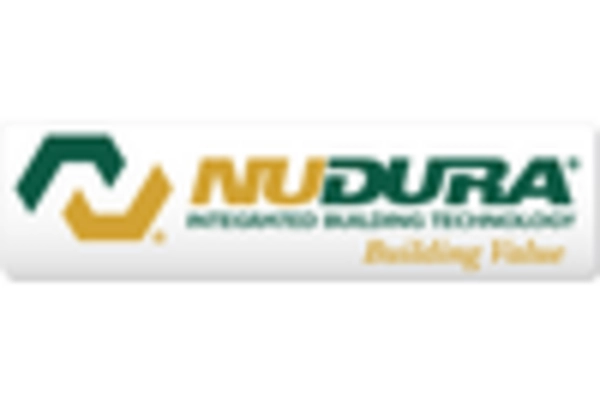
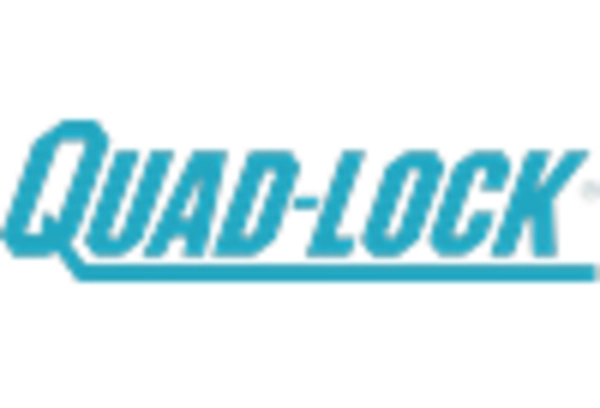








Leave a Comment